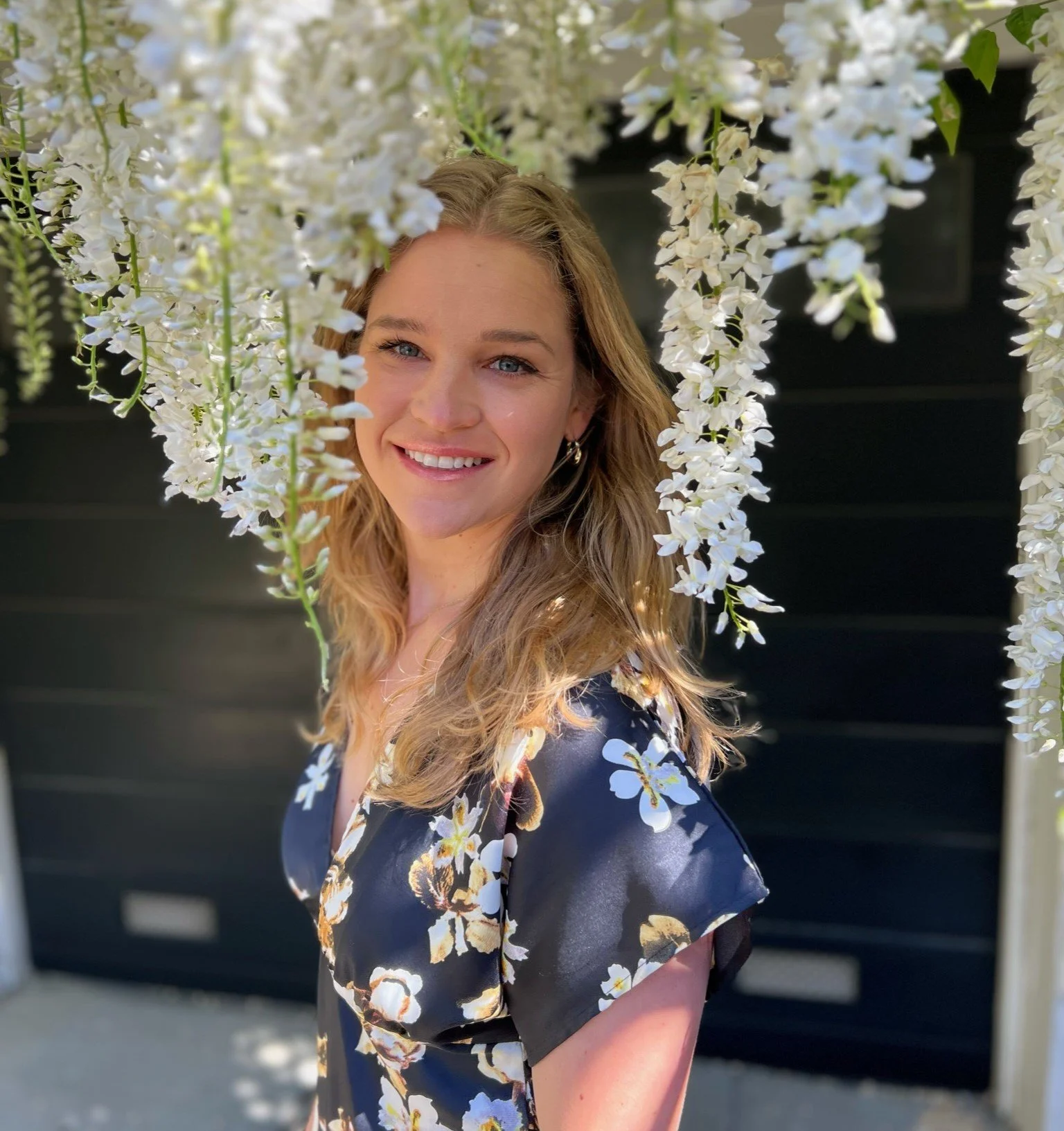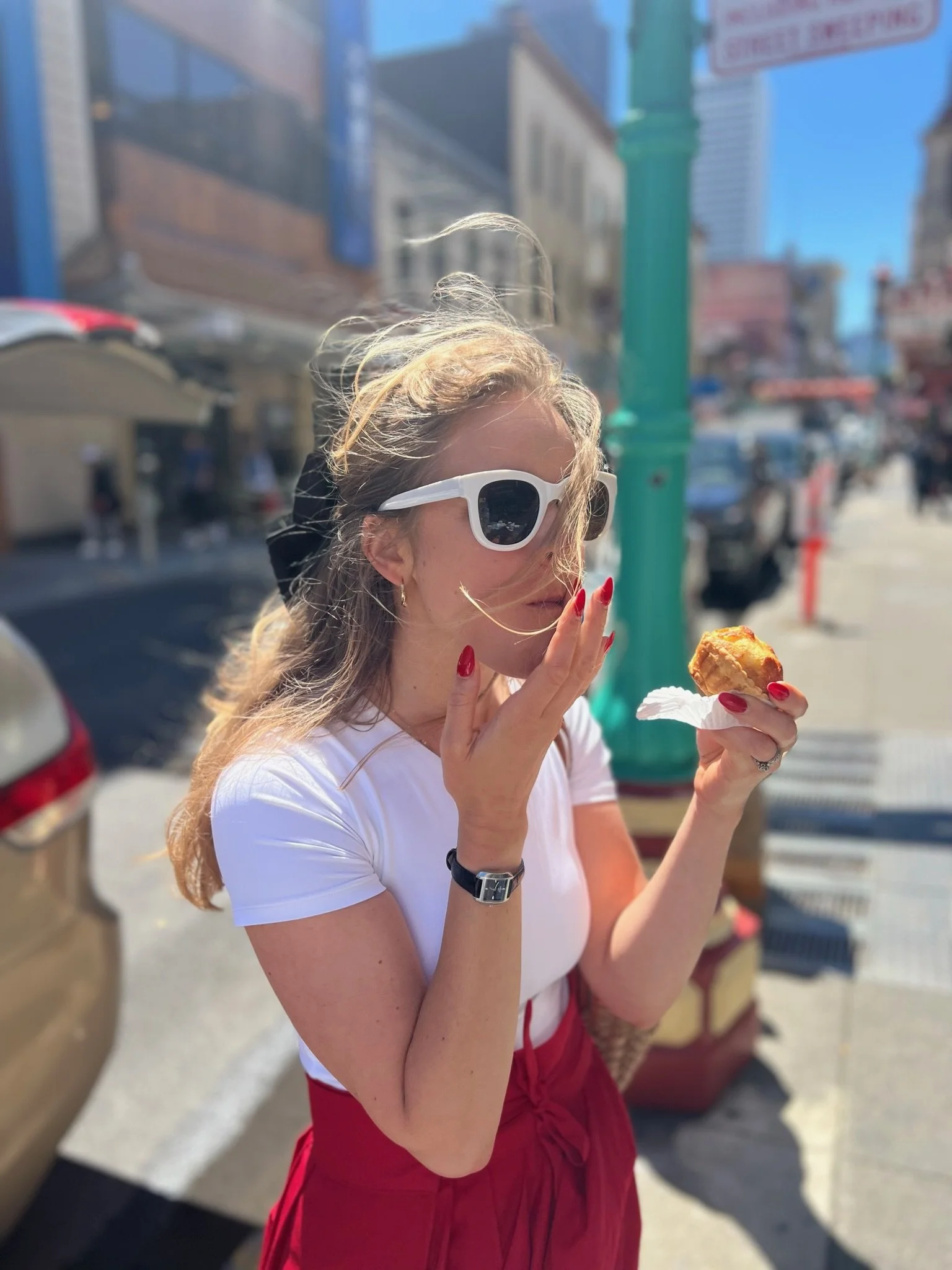4 Factors to consider when selecting an Interior Designer
The four P’s of vetting Interior Designers: Process, Pricing, Personality, Portfolio .
After weighing the options, you decide to hire an Interior Designer. You do a quick Google search, “Best Interior Designers in San Francisco” (or wherever you live), and immediately feel overwhelmed. How on earth do you choose?
Interior projects last months or even years, making this a long-term commitment. Designers walk into your home and ask a lot of personal questions; it is a surprisingly intimate relationship. You want to get it right.
I do love when content supports an alliteration, so here we have it: the four P’s of vetting Interior Designers.
Process
Here is a little inside secret into the world of Interior Design. It is an industry that draws in creative aesthete’s with great taste - but not, universally, good project managers or business people. Your challenge is to find someone who is just as good with the ‘science’ as they are with the art.
A great way to assess this is to ask questions about their process. They should have a very clear, step-by-step breakdown of how projects move forward from start to finish. There should be guidelines on deliverables at each stage and how one stage progresses into the next. Some examples of questions you should ask:
- What documents will be generated and delivered at each stage? Do they provide drawings, renderings, plans, samples, etc.?
- What is the briefing process like? How do they assess what you are looking for?
- When are decisions made and how are they confirmed?
- What presentations are given, and in what format?
- How is feedback received, and what is the process for revisions?
- How are proposals delivered?
Ask as many questions as you can, and be sure that they can answer them confidently. A clear process means a smooth project.
You can read an overview on our process here.
Pricing
I wrote a little about pricing in my post, “Should I hire an Interior Designer?” and there is a lot more to say about it. It is so important to ask questions about fees upfront.
The exact cost really should not be the dominant factor in your selection (there is absolutely an element of ‘you get what you pay for’ at play). Your main goals when assessing pricing are:
- To make an informed decision and understand how you will be charged
- To find someone within your price range, and who understands and respects your budget
- To select a Designer who prices their work with transparency and integrity
The tricky thing about assessing cost is that Interior Designers have different pricing models. The most common pricing models are hourly billing and flat-fee; both typically also apply mark-up to product (look for more on pricing models in an upcoming post). This makes it difficult to compare apples-to-apples, but you can still gather as much information as you can to make an informed choice.
You need to ask different questions to assess these models. Here is a breakdown of some relevant questions for each:
Hourly:
- What are the hourly rates for different team members, and who does what work?
- How are the hours tracked? What time is considered billable vs. not billable?
- What information will be provided on your invoices? Do they provide a breakdown of billable time? What if you have questions about how time is being used?
- Do they provide an estimate of hours required before beginning the project? How is this calculated? How accurate have previous estimates been?
- Is there a different rate for work on weekends, or after hours?
- Ask for the overall budget vs. final fees on a recent project with a similar scope to yours. Compare this with their provided estimate. This will give you a better idea of how accurate their estimating is.
Flat-Fee:
- What is and is not included in the scope? How is the scope defined? (Note: this should be very clear and detailed).
- How are changes in scope handled?
- How much communication is included? Emails? Texting? What are the limits? How often can you contact your Designer within this flat fee?
For both models:
- What is the product markup policy?
- What is the labor markup policy?
- How are taxes, freight, and incidentals billed?
- What is the retainer policy?
- What is the billing cycle? How soon is payment due after invoicing?
- What forms of payment do they accept?
- How do they track costs in their projects? Do they have a history of meeting budgets? (This is good place to request references or testimonials)
It isn’t so much that there are right or wrong answers to many of these questions - but you want your Designer to have answers. The worst case scenario is to find surprises partway through because terms were not defined. But be sure to ask questions about anything that is unclear.
Talking about money can be uncomfortable under any circumstances. Fight past this discomfort and ask questions head on. A Designer that approaches this conversation openly and honestly is more likely to be open and honest throughout the project.
Personality
The simple fact is, you want to like your Designer. You don’t have to be best friends, but designing your home should mostly be a fun process. That is only possible if you enjoy the person you hire to lead the project.
Make sure you have an in-depth conversation with the Principal before you sign a contract, as they set the tone for the company. See how you feel about their personality beyond the first impression or a phone call. Even though we are in a visual industry, fight the urge to judge based on their outfit or appearance (there are plenty of wolves in sheep’s clothing in the world of design, and vice versa). Some of the best Interior Designers I know aren’t that interested in fashion or make-up, or else the way they dress is quite different from the way they design interiors.
Make sure to clarify who your day-to-day communications will be with, and insist on meeting that person as well. You may love the Principal, but if 75% of your interactions will be with one of their staff Designers, you want to make sure you like that person, too.
Beyond this, no one needs to explain how to figure out if you like someone. Just make sure you factor it in. As previously mentioned, these projects last a long time, and good Designers build good relationships.
Portfolio
I like to leave the most obvious answer for last. It is, of course, important; but (in my opinion) it is often less important than any of the other three categories. I think of the portfolio like a college admissions officer once told me they look at a GPA: you either have the qualifying grade, or you don’t. If you like their work, they can do work you like.
But, you may be unsure of what you are looking for. So here are a couple of factors to look for when reviewing a Designer portfolio.
- Is the portfolio varied, or does the Designer stick to one style?
Note: if they do have a specific style, they might be a great fit for you - assuming that you fit neatly into that category. If, however, you have blended taste and like more variety, don’t expect a specialized Designer to suddenly diversity their portfolio on your project.
- Do the projects feel personalized to the Clients?
Look for unique touches on different projects that tell you something about the Client; has the Designer incorporated family heirlooms? Unique preferences? Read the project description for clues that the Designer took the time to really listen to the Client, rather than imposing their own style onto the brief.
- Do you like the design, or just the house?
Be careful not to be swayed by features your home doesn’t have. A project with a stunning view of San Francisco bay will photograph well - but if you don’t have a view, your Designer can’t make it for for. Try to look at the Designer’s placement of items, selection of finishes, and execution of construction, rather than the overall image. And remember, the magic of photography can flatter tremendously. So enjoy a beautiful portfolio - but don’t neglect the other three P’s.
I hope these guidelines and questions are helpful when you are considering the right Designer for your project. Comment below if you have questions or comments!
Next Chapter
Pricing questions are the most common, and the most fraught. Clients are scared or even ashamed to ask. I will be diving into this topic next!








